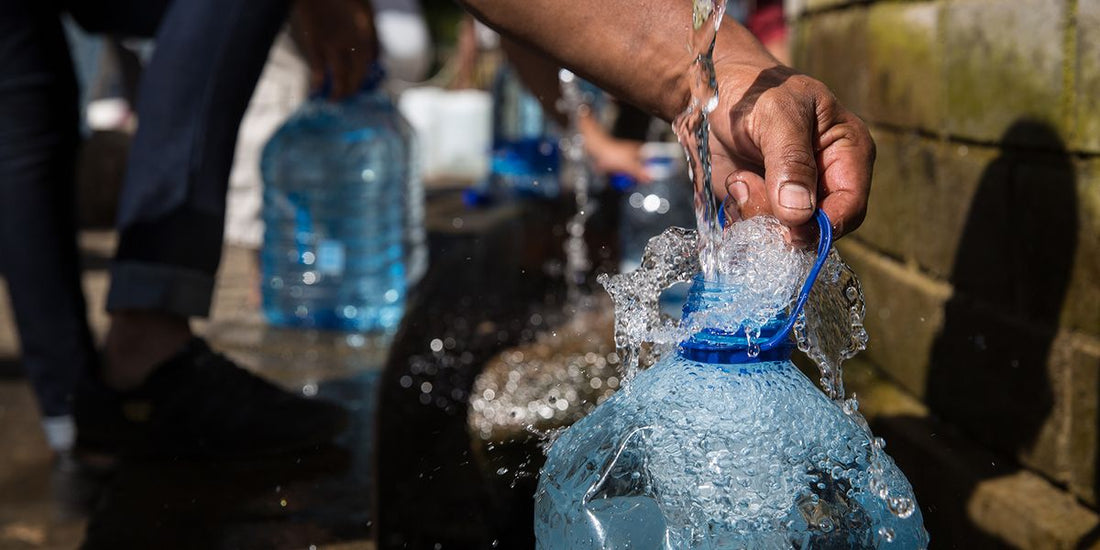Clean and safe water is the foundation of public health, economic growth, and environmental sustainability. Yet, America’s drinking water is facing unprecedented challenges, ranging from aging infrastructure to emerging contaminants. As we move forward, a combination of policy reform, technological innovation, and community engagement will be crucial in ensuring the long-term safety and sustainability of drinking water in the USA.
Aging Infrastructure: The Crumbling Backbone of Water Systems
One of the biggest threats to drinking water in the USA is aging infrastructure. Many of the pipes, treatment plants, and reservoirs were built decades ago, with some dating back over a century. According to the American Society of Civil Engineers (ASCE), the country’s water infrastructure scored a dismal C- in its latest report card. More than 240,000 water main breaks occur annually, wasting billions of gallons of water and exposing communities to contamination risks. The Environmental Protection Agency (EPA) estimates that modernizing the USA’s drinking water systems will require an investment of over $472 billion over the next 20 years.
Emerging Contaminants: A New Era of Water Pollution
While traditional contaminants such as lead and bacteria have long been concerns, new chemical threats are emerging. Per- and polyfluoroalkyl substances (PFAS), often called “forever chemicals,” have been detected in drinking water supplies across the nation. These chemicals, found in everything from firefighting foam to nonstick cookware, pose serious health risks, including cancer and immune system damage. A 2021 study by the Environmental Working Group found that up to 200 million Americans may be exposed to unsafe levels of PFAS.
Additionally, pharmaceuticals, pesticides, and microplastics have infiltrated water sources, challenging conventional treatment methods. Current regulations struggle to keep up with these evolving threats, necessitating more robust monitoring and purification strategies.
Climate Change: A Rising Threat to Water Security
Climate change is exacerbating water scarcity, quality issues, and natural disasters that impact America’s drinking water. Rising temperatures and prolonged droughts are depleting key freshwater sources such as the Colorado River and the Great Lakes. Conversely, intensified storms and flooding can overwhelm water treatment plants, leading to contamination and boil-water advisories.
Hurricanes and wildfires further threaten water supplies by introducing debris, ash, and chemicals into reservoirs. The severe Texas winter storm of 2021 left millions without access to safe drinking water due to widespread pipe bursts and system failures. As climate patterns become more extreme, the resilience of the USA’s drinking water infrastructure will be tested like never before.
The Role of Federal and State Regulations
Regulatory agencies play a critical role in maintaining the safety of America’s drinking water. The Safe Drinking Water Act (SDWA) of 1974 was a landmark law designed to protect public water supplies. Over the years, amendments have introduced stricter standards, but gaps remain. The Flint water crisis exposed flaws in lead monitoring regulations, while the slow response to PFAS contamination has highlighted the need for more proactive measures.
The Biden administration has pledged over $50 billion for water infrastructure improvements under the Infrastructure Investment and Jobs Act. This funding aims to replace lead pipes, modernize treatment plants, and ensure underserved communities gain access to safe drinking water. State and local governments also have a significant role, but financial constraints often limit their ability to enforce stringent water quality measures.
Technological Innovations in Water Treatment
Advancements in water treatment technology offer promising solutions to many of the challenges facing USA drinking water. One of the most exciting developments is the rise of advanced filtration methods, such as nanotechnology and reverse osmosis. These systems can effectively remove microplastics, pharmaceuticals, and even PFAS, significantly improving water purity.
Smart water monitoring systems are also revolutionizing the industry. Sensors and artificial intelligence (AI) can detect leaks, contamination spikes, and inefficiencies in real-time, allowing for swift intervention. By incorporating predictive analytics, cities can prevent costly water main breaks and contamination events before they occur.
Additionally, desalination technology is gaining traction as a means to address water scarcity. While historically energy-intensive and expensive, new innovations in solar-powered desalination and graphene membranes are making the process more viable for coastal regions facing freshwater shortages.

The Shift Toward Sustainable Water Management
Sustainability is becoming a central focus in addressing the future of America’s drinking water. Many cities are embracing water reuse and recycling programs to maximize efficiency. In California, advanced treatment facilities transform wastewater into purified drinking water through a process known as indirect potable reuse (IPR).
Green infrastructure, such as rain gardens and permeable pavement, is helping cities manage stormwater more effectively, reducing runoff pollution. Additionally, watershed protection programs aim to safeguard natural water sources by restoring forests, wetlands, and rivers. These efforts not only improve water quality but also enhance biodiversity and climate resilience.
Public Awareness and Community Action
While technology and regulation play key roles, public engagement is equally vital in securing the future of drinking water in the USA. Consumers can take steps to reduce their water footprint by fixing leaks, using water-efficient appliances, and supporting sustainable policies. Additionally, at-home filtration systems provide an extra layer of protection against contaminants.
Community-driven initiatives, such as water testing programs and advocacy groups, are instrumental in holding officials accountable. In recent years, grassroots movements have successfully pressured governments to act on issues like lead contamination and pipeline pollution. By staying informed and active, citizens can influence policies that shape the future of their water security.
The Road Ahead: Challenges and Opportunities
The future of America’s drinking water is at a crossroads. While challenges such as aging infrastructure, climate change, and contamination persist, innovations in technology, policy, and community engagement present a path forward. The USA’s drinking water systems require substantial investment, but with the right approach, a cleaner, safer, and more resilient water future is possible.
Policymakers, scientists, and citizens must collaborate to ensure access to clean drinking water remains a fundamental right for all Americans. The choices made today will determine the quality of drinking water for generations to come. By embracing forward-thinking solutions and prioritizing sustainability, the nation can overcome these hurdles and secure a future where safe and reliable drinking water is accessible to every community.
Ensure your customers stay ahead with BoostedOxygenWater—a premium solution for modern hydration needs. With America’s drinking water facing challenges like aging infrastructure and contaminants, our oxygen-enriched water provides unmatched purity and refreshment. Whether for retail shelves, gyms, or wellness centers, BoostedOxygenWater guarantees quality and sustainability. Stay ahead of the hydration trend with a trusted brand that prioritizes health and innovation.
Partner with us today! Schedule a call now to explore wholesale opportunities and bring the future of drinking water to your customers. Let’s grow together!
Reference:
1. (2017). Studies on bacteriological quality of drinking water, sanitation and hygiene practices in indian schools and colleges. International Journal of Applied and Pure Science and Agriculture, 3(3), 89-92. https://doi.org/10.22623/ijapsa.2017.3012.5m1mb
2. Agensi, A., Tibyangye, J., Tamale, A., Agwu, E., & Amongi, C. (2019). Contamination potentials of household water handling and storage practices in kirundo subcounty, kisoro district, uganda. Journal of Environmental and Public Health, 2019, 1-8. https://doi.org/10.1155/2019/7932193
Allgood, G. (2011). Lessons learned in providing 2 billion liter of clean drinking water in the developing world with point-of-use flocculent-disinfectant technology. Proceedings of the Water Environment Federation, 2011(3), 429-439. https://doi.org/10.2175/193864711802863652

